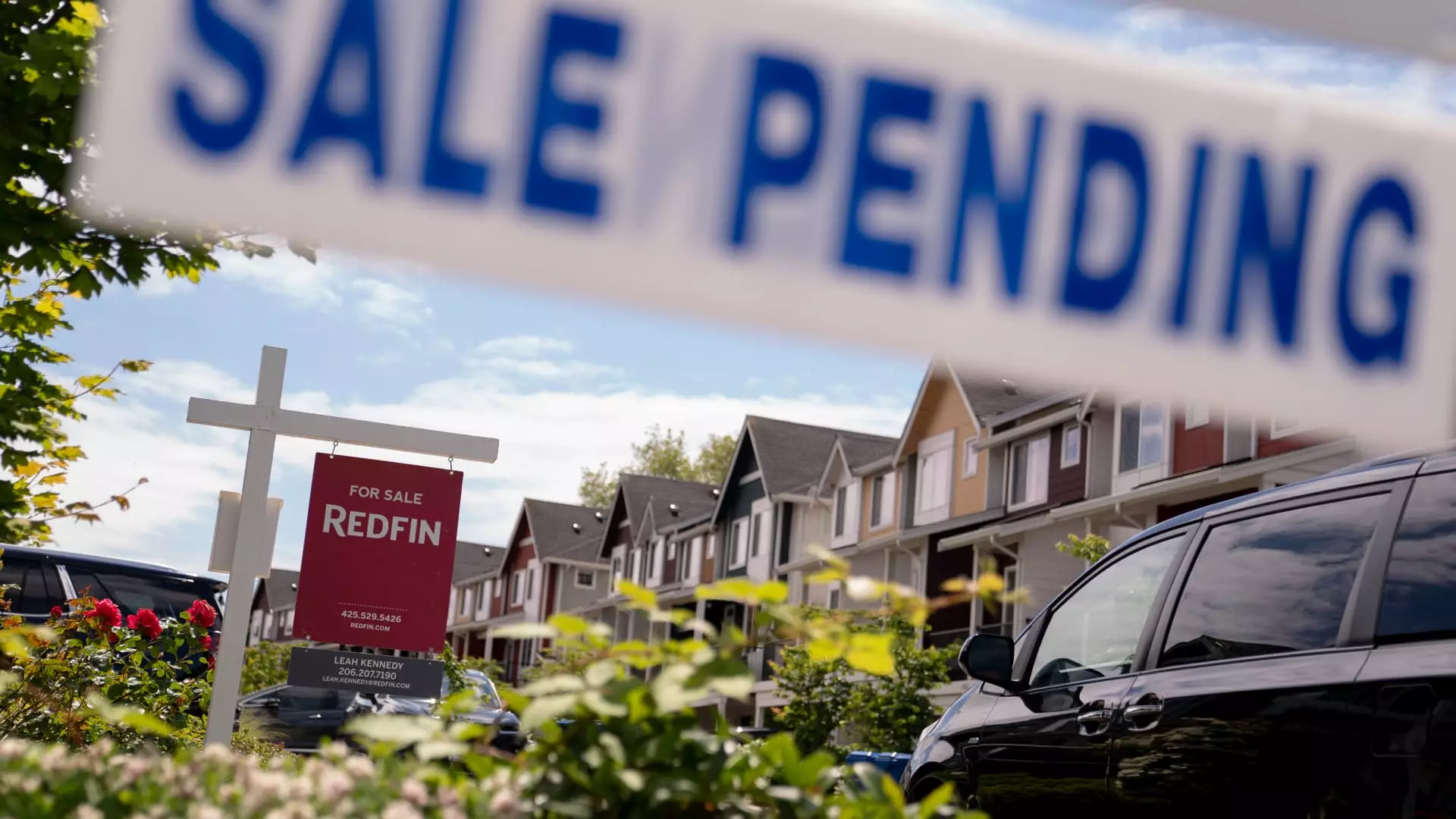The housing market has been experiencing a tumultuous period, particularly highlighted by the significant decline in home sales observed in January. According to recent statistics, the pending sales, representing signed contracts for existing homes, fell by 4.6% from December and marked the lowest level recorded since the National Association of Realtors (NAR) began tracking this data in 2001. Furthermore, when compared to the figures from January 2024, this reflects a concerning 5.2% decrease, indicating that potential sales are diminishing considerably.
Lawrence Yun, the chief economist for NAR, posits that the combination of high mortgage rates and inflated home prices has undeniably strained affordability for prospective buyers. While he mentions that the frigid temperatures of the month could have influenced buyer behavior, he also hints that sales may recover as the weather improves. The discrepancies in sales trends across different regions underscore that numerous factors are at play, indicating a complex housing market landscape.
Interestingly, the regional performance of home sales reveals a stark contrast. Although the Northeast displayed a month-on-month increase in sales, the West experienced a decline that seems less attributable to weather conditions. The South, typically known for its robust housing activity, suffered the largest drop. This trend emphasizes how multiple dynamics impact various locales differently, suggesting that a one-size-fits-all explanation may be insufficient for understanding the current market conditions.
The Role of Mortgage Rates
Adding to the challenges faced by potential homebuyers were rising mortgage rates. The average interest rate for a 30-year fixed mortgage had dipped below 7% in early December but saw a sharp increase thereafter, remaining firmly above the 7% mark throughout January, as reported by Mortgage News Daily. This shift only exacerbates the affordability issues plaguing buyers, as higher rates translate into more expensive monthly mortgage payments. Consequently, even buyers who may have been interested in purchasing a home are discouraged by the financial implications of financing their purchase in an environment of soaring interest rates.
Despite the decline in sales, the inventory of available homes saw an annual increase of 17%, marking the 14th consecutive month of rising housing supply, according to Realtor.com. However, the rising inventory does not guarantee increased sales, as the distribution of available homes is inconsistent across the country. Hannah Jones, an economist with Realtor.com, points out that while increased listings theoretically could lead to more contract signings, the unevenness in supply means that not all markets benefit equally. This discrepancy contributes to the broader challenges buyers face when navigating today’s housing landscape.
The current state of the housing market is a reflection of various interrelated factors, including rising mortgage rates, the influence of regional trends, and evolving inventory dynamics. As affordability continues to be a significant barrier, potential homebuyers remain in a challenging position. Looking ahead, a return to improved sales may be contingent on various external factors, including economic shifts, changes in mortgage rates, and broader consumer confidence levels. For now, the housing market remains in a state of uncertainty, requiring continuous monitoring and adaptability from all stakeholders involved.

